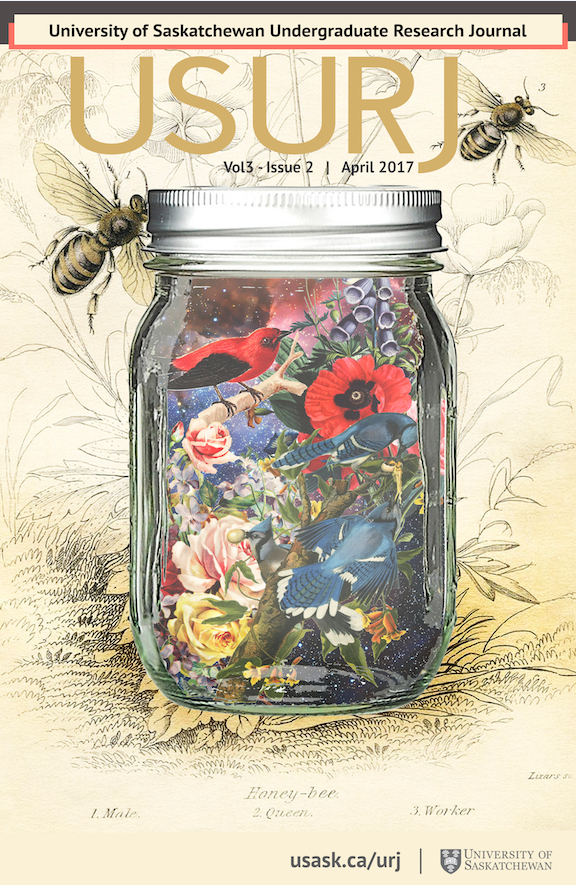Match-Making in Britain from 1827 to 1910: The Dangers of White Phosphorus in Lucifer Match Production
DOI:
https://doi.org/10.32396/usurj.v3i2.231Keywords:
Phosphorus necrosis, phosphorus, match-making, matchgirls, Bryant & MayAbstract
Throughout the nineteenth century the British match-making industry used white phosphorus in the production of lucifer matches, despite the knowledge taht the chemical could cause a deadly disease known as phosphorus necrosis. Until the 1890s, due to cover-ups made by match-making companies, the British government was unaware of the scale of phosphorus necrosis cases and had been led to believe that the chemical was being used safely. However, even after journalists exposed the truth, the British government and match-making companies were still unwilling to ban white phosphorus because of the economic and social consequences of shutting down lucifer match production. It was not until a chemical alternative was found that both the match-making industry and the British government were prepared to ban the use of white phosphorus.
Downloads
Published
Issue
Section
License
Articles: USURJ’s current Publication Agreements apply a Creative Commons Attribution-NonCommercial License (CC-BY-NC) by default. The CC BY-NC license lets others remix, tweak, and build upon work non-commercially. The author(s) can choose a different CC license, as outlined in https://creativecommons.org/about/cclicenses/. Please see the PDF for each article to determine what license is applied to that article. Author(s) can also request to reserve all copyright (All Rights Reserved). If there is no indication for articles published before September 2020, assume the author retains all rights beyond those necessary for publication by USURJ. All articles published after September 2020 will apply one of the aforementioned CC licenses. See the Publication Agreement under the Submission Preparation Checklist or Author Guidelines for more information. Artwork: All copyright for the original artwork remains with the artist unless they wish to apply a Creative Commons (CC) license to the artwork. Please see the PDF for each artwork to determine what license is applied to that artwork.







